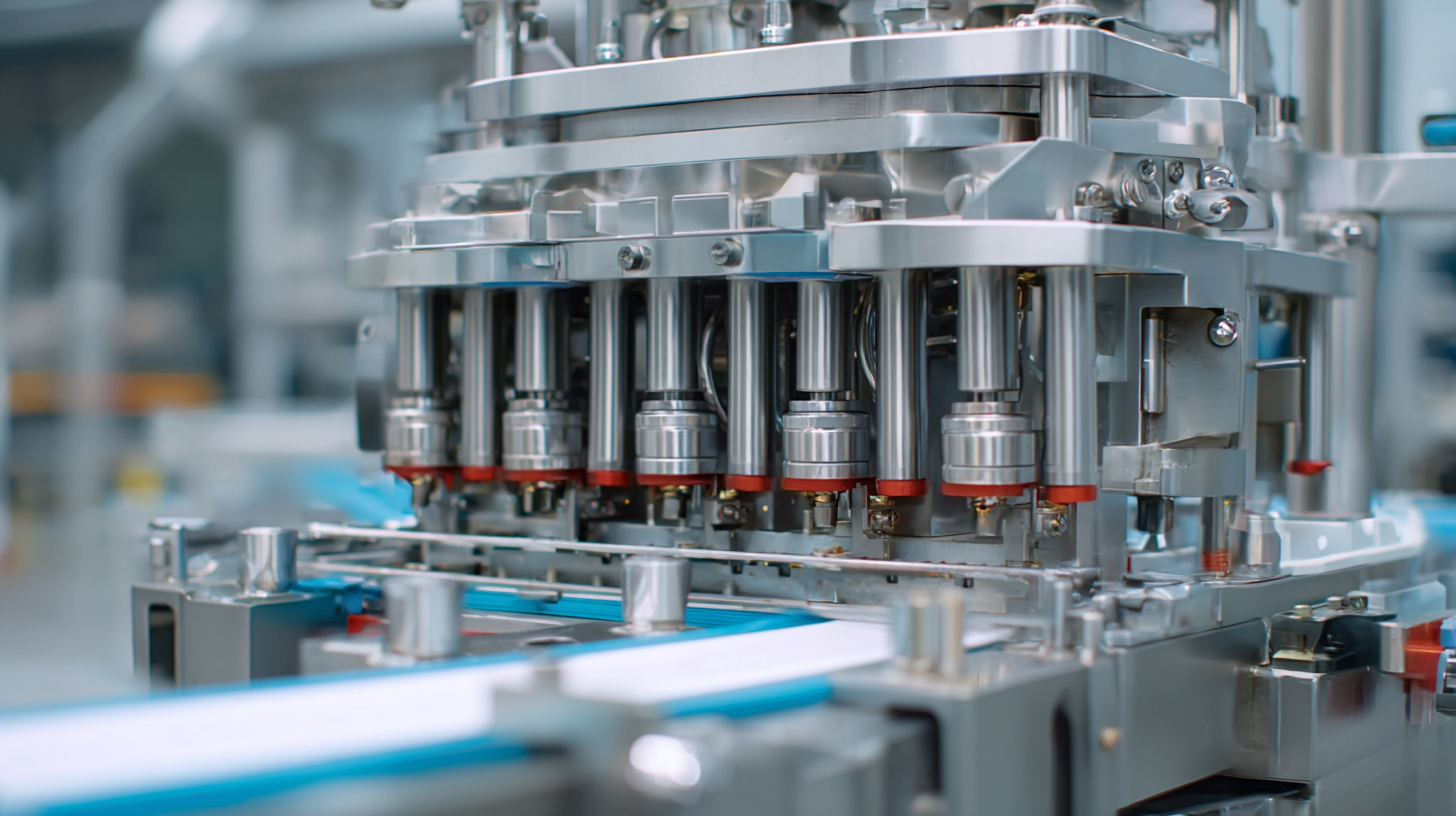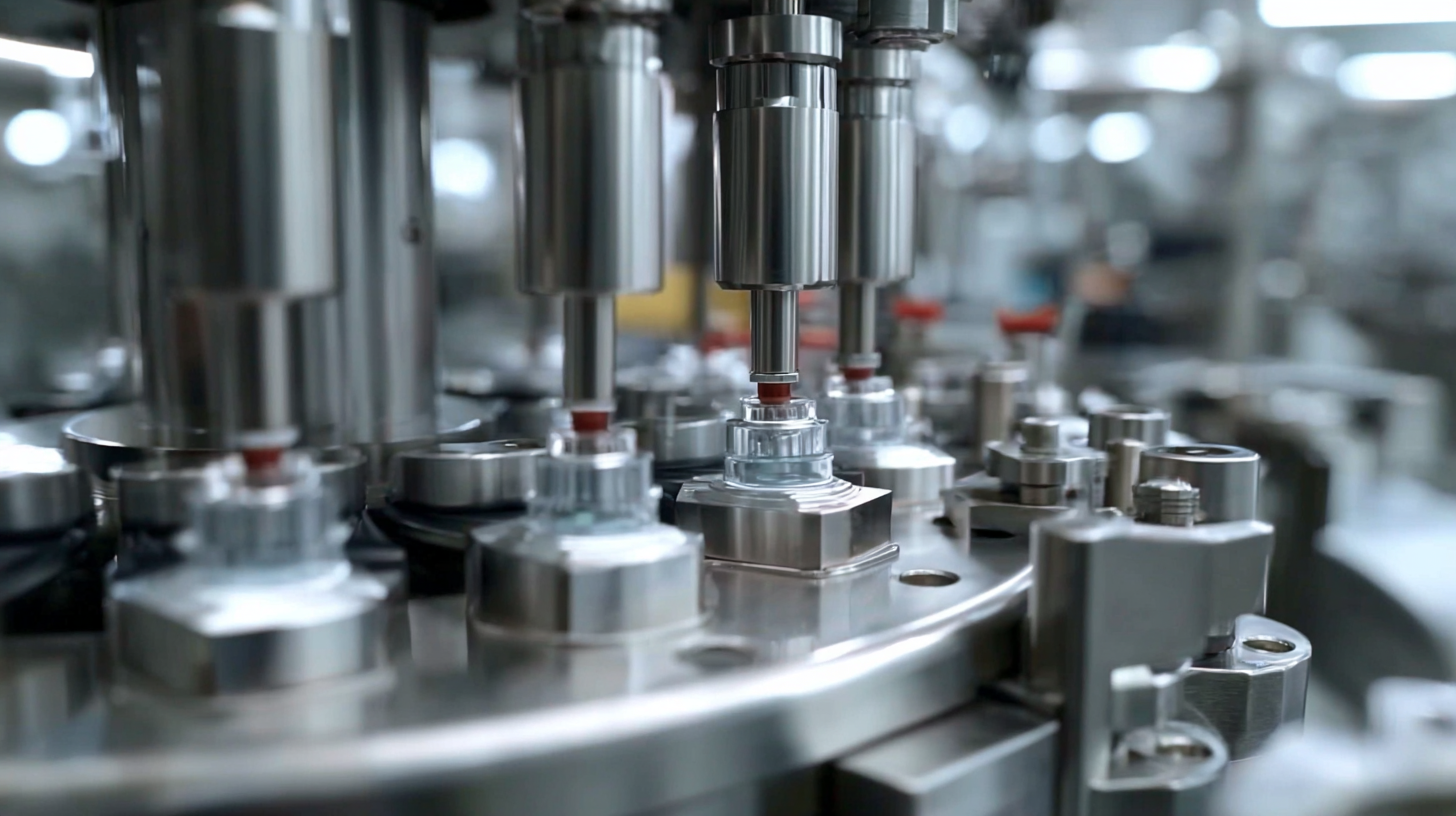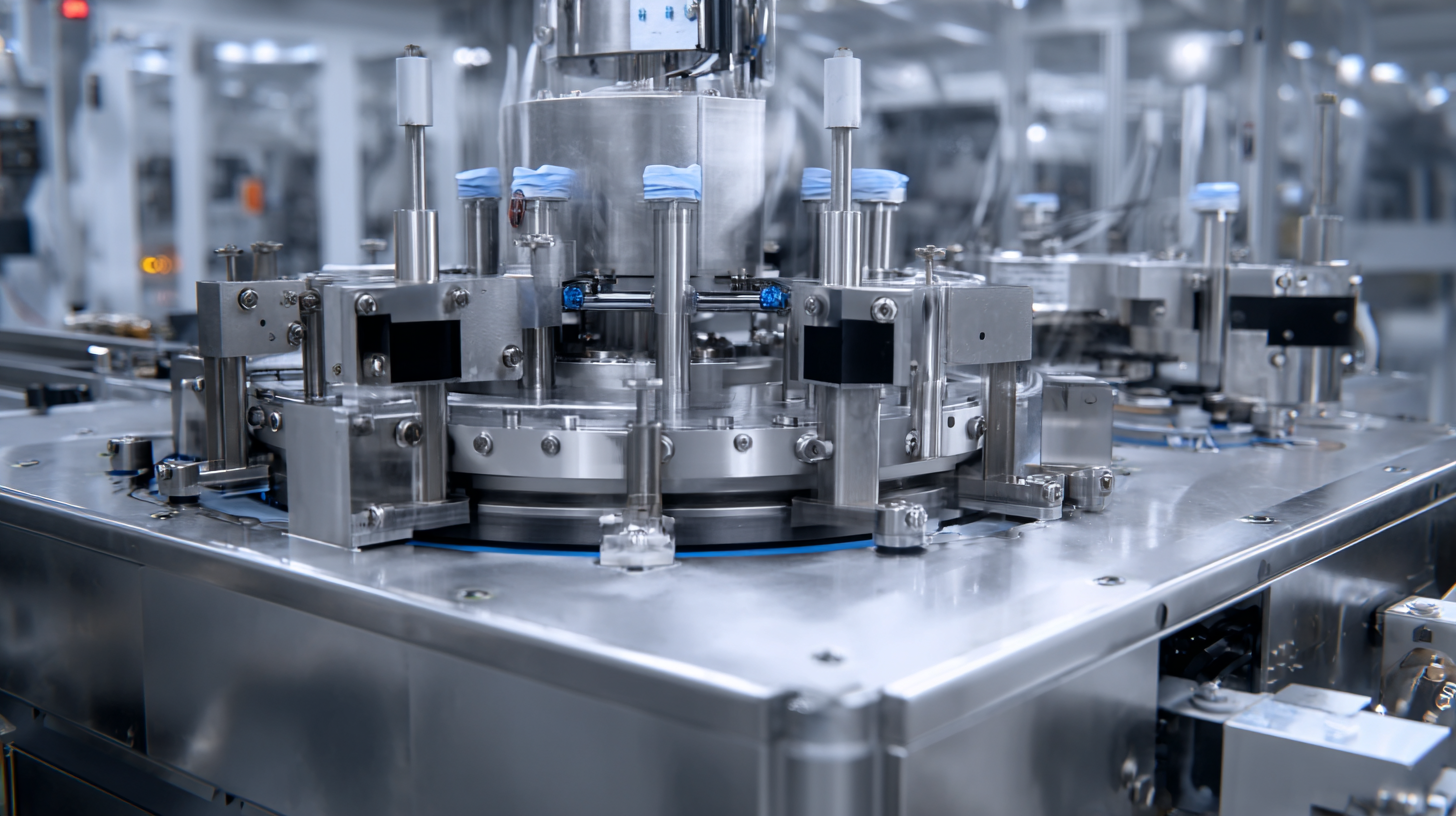In today’s competitive packaging landscape, efficiency is paramount, particularly in the food and beverage industry where pouch filling machines play a pivotal role. According to a recent report by MarketsandMarkets, the global pouch packaging market is projected to reach $28.41 billion by 2024, driven by the increasing demand for convenient packaging solutions. However, as manufacturers scale up their operations, they often encounter challenges related to productivity, downtime, and quality control.
 High-performance pouch filling machines have become essential tools for overcoming these issues, enabling manufacturers to streamline their processes while maintaining product integrity. By leveraging advanced technologies and optimizing machine performance, companies can significantly enhance their operational efficiency, reduce waste, and meet the growing consumer demand for smart packaging solutions. This blog will explore the top strategies for maximizing efficiency with the best pouch filling machines, addressing common problems and offering actionable insights for industry professionals.
High-performance pouch filling machines have become essential tools for overcoming these issues, enabling manufacturers to streamline their processes while maintaining product integrity. By leveraging advanced technologies and optimizing machine performance, companies can significantly enhance their operational efficiency, reduce waste, and meet the growing consumer demand for smart packaging solutions. This blog will explore the top strategies for maximizing efficiency with the best pouch filling machines, addressing common problems and offering actionable insights for industry professionals.
After-sales service plays a crucial role in the optimal functioning of pouch filling machines. According to a 2021 industry report from Packaging Strategies, businesses that engage in robust after-sales support can increase their machine uptime by up to 30%. This not only enhances productivity but also significantly reduces costs associated with breakdowns and repairs. An effective after-sales service ensures that operators are trained to handle routine maintenance, dramatically extending the lifespan of these machines.
To maximize efficiency, operators should prioritize routine check-ups after installation. This proactive approach can identify potential issues before they escalate. Regular training sessions, bolstered by after-sales support teams, can also keep staff updated on the latest technologies and best practices in machine operation. For instance, companies that implemented comprehensive training after purchase reported a 25% increase in throughput within the first six months.
Moreover, businesses should consider investing in systems that offer remote diagnostics as part of after-sales support. This feature allows immediate troubleshooting and minimizes downtime, enhancing operational efficiency. By leveraging a strong after-sales service framework, companies not only safeguard their investment in pouch filling machines but also foster a culture of continuous improvement and operational excellence.
When it comes to maximizing efficiency with pouch filling machines, evaluating maintenance costs plays a crucial role. Maintenance expenses can significantly affect the overall productivity and profitability of your operations. Regular upkeep ensures that the machine runs smoothly, reducing the likelihood of unexpected breakdowns that can lead to costly downtime. Businesses should conduct a thorough analysis of both scheduled and unscheduled maintenance costs to get a clearer picture of their investment in machinery.
Additionally, it’s essential to consider the longevity and reliability of the pouch filling machine. Investing in high-quality equipment may require a higher upfront cost, but it often results in lower maintenance expenses over time. Companies should prioritize machines that are designed for easy servicing and access to parts, as these factors can drastically reduce repair times and costs. By strategically evaluating and managing maintenance expenses, businesses can enhance their operational efficiency and maximize the return on their investment in pouch filling technology.
When it comes to pouch filling equipment, troubleshooting and repair can significantly enhance operational efficiency. Regular maintenance checks are essential; they help to identify potential issues before they escalate into more significant problems. Operators should be trained to recognize warning signs such as unusual noises, inconsistent filling weights, and error codes on the machine's display. By conducting routine inspections and staying vigilant, users can prevent unexpected downtimes that can hinder productivity.

Moreover, having a well-documented troubleshooting guide can empower operators to address minor issues independently. This guide should outline common problems and their solutions, allowing staff to take immediate action rather than waiting for a technician. Keeping essential spare parts on hand is also crucial. Quick access to replacement components minimizes downtime during repair, ensuring that production processes remain uninterrupted. By fostering a proactive approach to maintenance and repair, facilities can maximize the performance and lifespan of their pouch filling machines.
In the competitive landscape of pouch filling, maximizing uptime is crucial for achieving optimal production efficiency. A report by PMMI states that 70% of manufacturing downtime is attributed to equipment failures, underlining the importance of timely after-sales support. Ensuring that your pouch filling machine receives prompt service can significantly mitigate these downtimes, allowing for a seamless operational flow.
Additionally, effective after-sales support can extend the lifespan of pouch filling machines. According to a survey conducted by the Association for Packaging and Processing Technologies, facilities that engage with their suppliers for regular maintenance and support see a 15-20% increase in machine lifespan. This not only contributes to enhanced productivity but also reduces the overall cost of ownership. By prioritizing robust after-sales service, companies can optimize their production processes and achieve greater efficiency in their operations.
Choosing the right pouch filling machine is crucial for enhancing production efficiency while managing operational costs. According to a recent report by Research and Markets, the global pouch packaging market is expected to grow at a CAGR of 4.8% from 2021 to 2026, highlighting the increasing demand for efficient solutions in packaging. When selecting a pouch filling machine, businesses must consider not only the upfront costs but also the long-term service quality. A high-quality machine can minimize downtime and reduce maintenance costs, ultimately leading to greater overall savings.

Additionally, understanding the specific needs of your production line is vital. A study by MarketsandMarkets indicates that customization options in pouch filling machines can increase productivity by up to 30%. Companies should assess their packaging requirements, such as the type of product, pouch size, and production speed, before making a decision. Balancing cost with performance and reliability will allow businesses to invest in equipment that meets their operational demands while ensuring a high standard of service quality. By prioritizing these factors, companies can optimize their operations and respond more effectively to market trends.
Accutek Packaging Equipment Companies, Inc. stands as one of the premier privately owned packaging machinery manufacturers in the United States.

Sign up for all the news about our latest arrivals